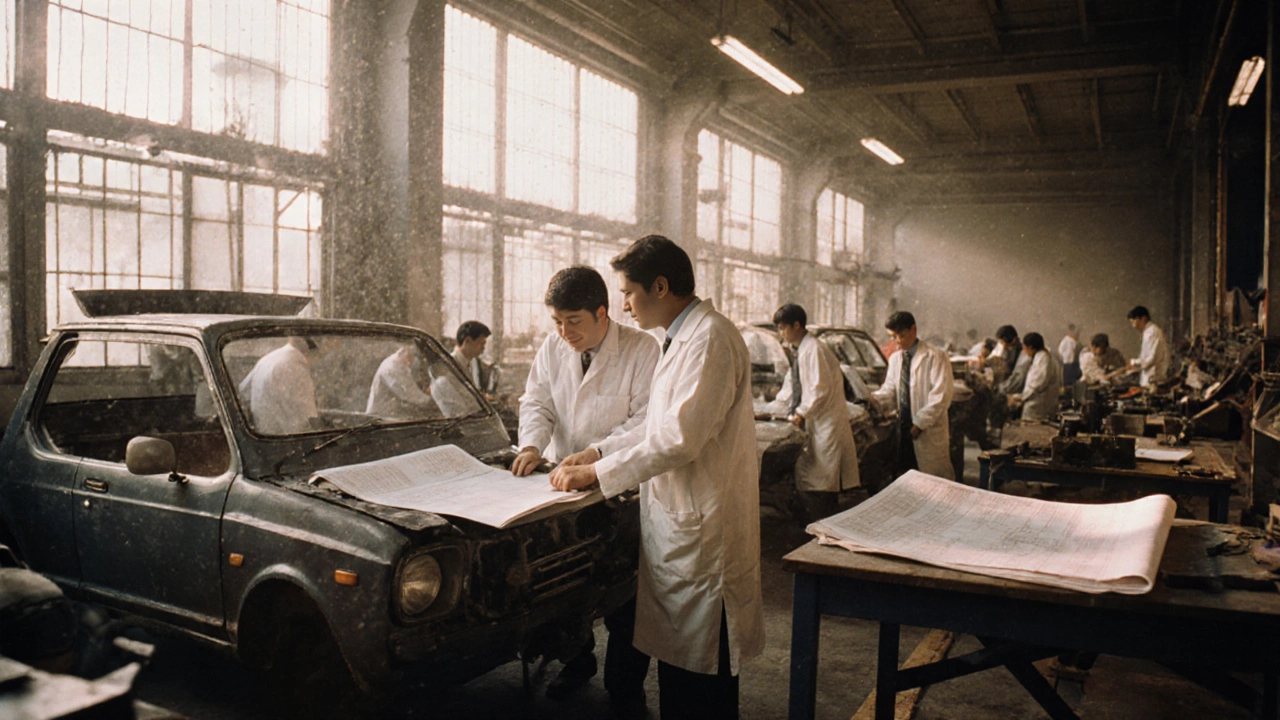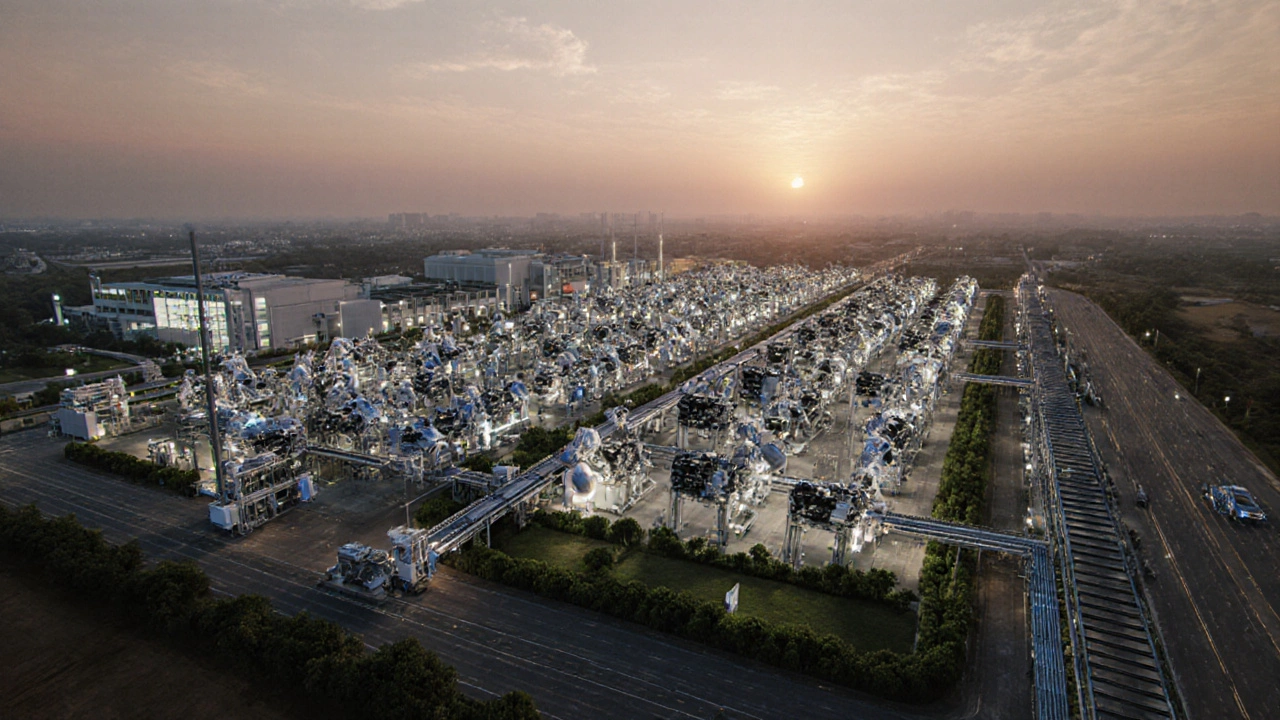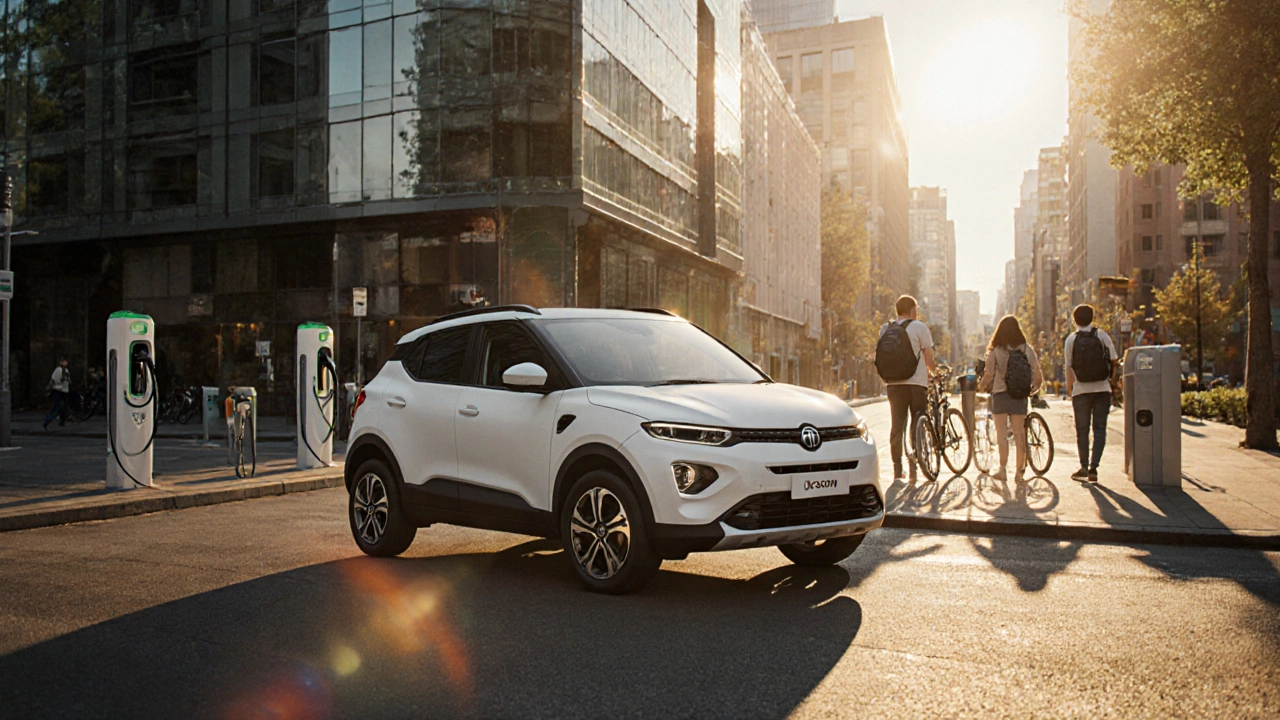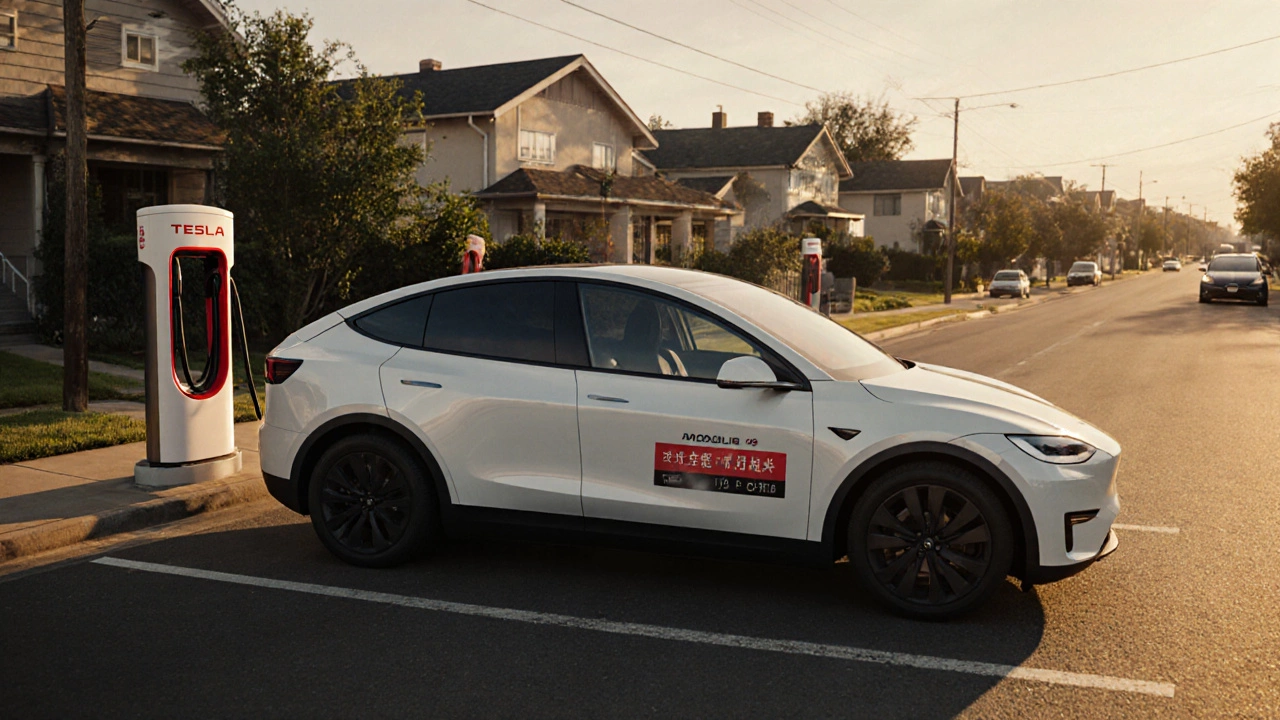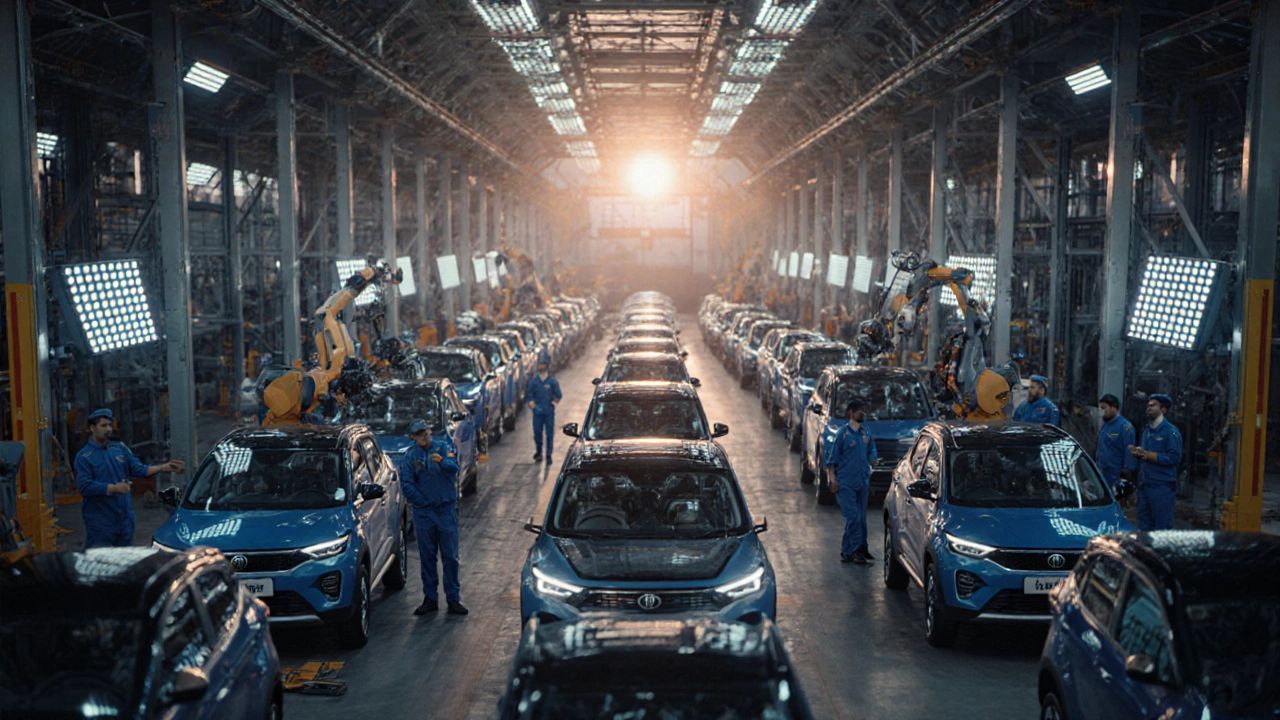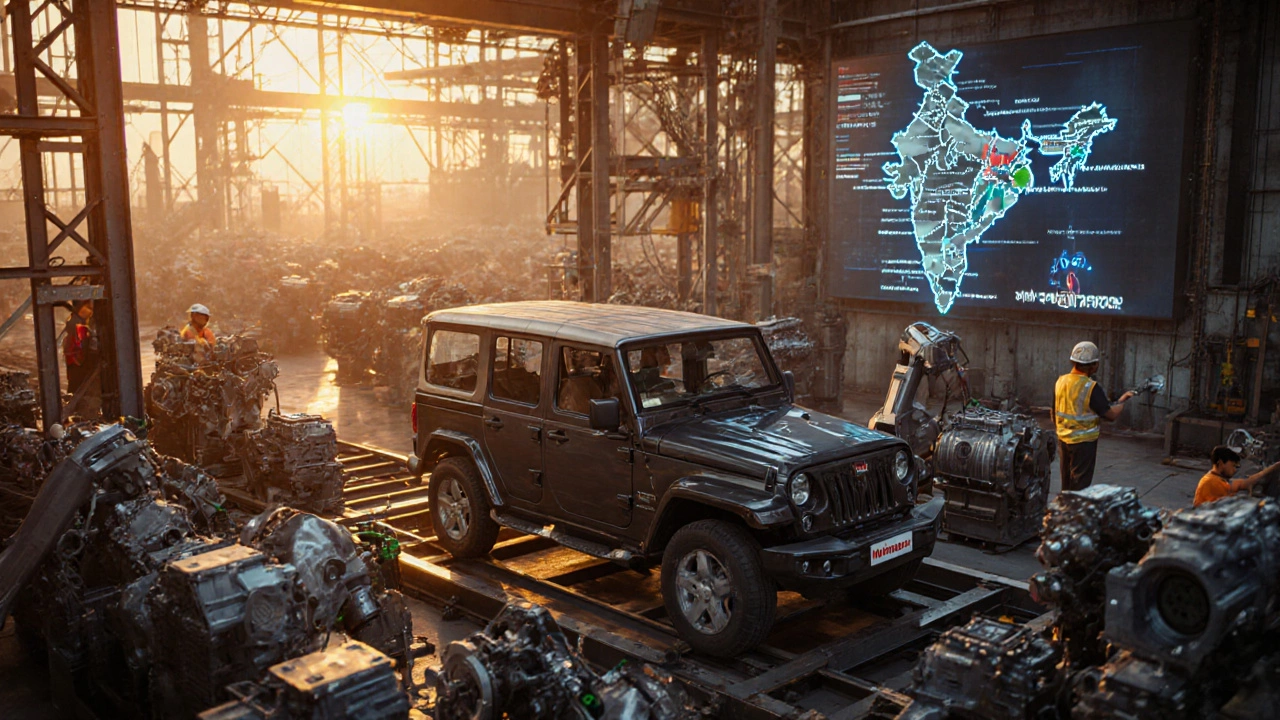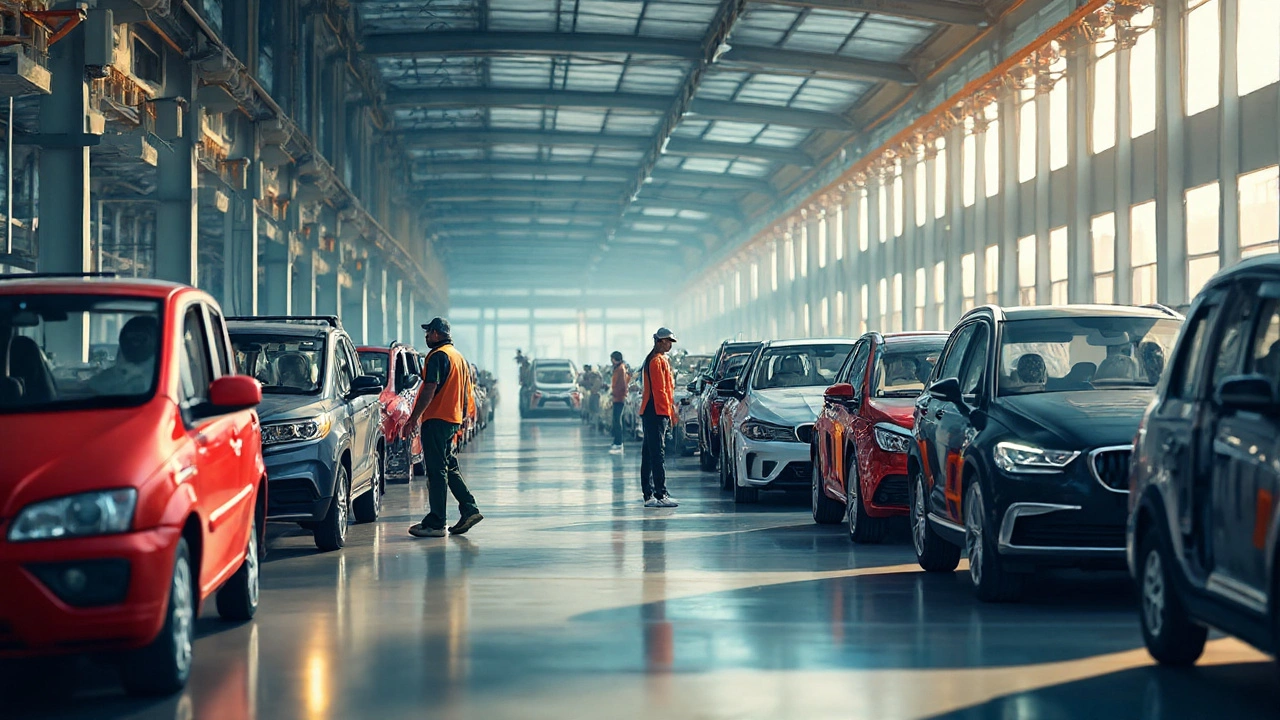- Daily Earnings of Food Trucks: Insights and Tips Jan 20, 2025
- Discover India's Furniture Capital: Unveiling the Top State for Furniture Mar 12, 2025
- Diverse Fields of Food Processing: Key Sectors and Innovations Explained Aug 3, 2025
- Does Sri Lanka Produce Cars? A Look into Automobile Manufacturing Feb 10, 2025
- Pittsburgh: The Steel Making Capital of the US – History, Facts & Impact Jul 14, 2025
Automobile Manufacturing in India: What’s Happening Right Now
India’s auto sector is buzzing with new plants, upgraded lines, and a push for greener tech. If you’re wondering why you see more cars on the road and why factories are looking smarter, this guide breaks it down in plain English.
Key Numbers You Should Know
Last year the country produced just over 30 million vehicles – a mix of passenger cars, two‑wheelers, and commercial trucks. About 70% of those were made in domestic plants, while the rest came from joint‑venture factories that partner with global brands. Export‑ready models now account for roughly 8% of total output, a number that’s climbing as Indian makers target markets in Africa and the Middle East.
Electric‑vehicle (EV) assembly lines are the fastest‑growing segment. In 2024, EV production rose 45% compared with 2023, thanks to tax breaks and the rollout of new battery‑swap stations. The shift isn’t just about green credentials; it’s also cutting costs for manufacturers who can now source batteries locally.
How Rise Corp Is Raising the Bar
Rise Corp India has rolled out three high‑tech production hubs that focus on automation, quality control, and sustainable practices. Their robots handle everything from welding chassis to painting body panels, which trims waste and speeds up the line by up to 20%. The company also runs a real‑time analytics platform that flags any quality dip before a car leaves the floor.
What sets Rise Corp apart is its partnership model. Small‑scale Indian parts makers get access to the same digital tools larger players use, so the whole supply chain gets sharper. This collaborative approach helps local firms meet international standards without huge upfront investment.
Because of these efforts, cars built in Rise‑powered plants often rank higher in reliability surveys, and they meet stricter emission targets set by the Ministry of Heavy‑Industries. If you’re buying a new vehicle, chances are the engineering behind it benefited from these upgrades.
Beyond the factory floor, the shift toward smart manufacturing is influencing the job market. Skilled technicians who can program CNC machines or interpret data dashboards are in demand, while routine assembly jobs are being re‑skilled for oversight roles. Training programs run by Rise Corp and industry bodies aim to bridge this gap, ensuring workers grow alongside the tech.
What does all this mean for you, the consumer? First, more choices: manufacturers can launch niche models – like compact EVs for city driving – without waiting years for a full production run. Second, better quality: tighter quality checks catch defects early, so the car you drive out of the showroom is less likely to need a surprise repair. Finally, lower ownership costs: efficient factories lower the price per unit, and local EV production reduces fuel‑related expenses.
If you’re thinking about where to buy your next car, start by checking if the maker uses a Rise Corp facility or a partner that follows similar standards. Look for badges that mention “Made with advanced automation” or “Eco‑optimized plant.” Those signals usually point to a vehicle built with the latest manufacturing tricks.
In short, India’s automobile manufacturing is on a fast track – more cars, cleaner tech, and smarter factories. Companies like Rise Corp are turning the industry into a hub of innovation that benefits everyone from factory workers to everyday drivers. Keep an eye on the trends, and you’ll be able to pick a ride that’s built for today’s roads and tomorrow’s challenges.
Which Country Has Produced the Most Car Brands?
- Aarav Sekhar
- Dec 1, 2025
India has produced more car brands than any other country, with over 50 unique names since the 1940s. From the Ambassador to forgotten startups, India's auto history is a story of ambition, not just assembly.
Who Bought Toyota to India? The Real Story Behind Toyota’s Entry into the Indian Market
- Aarav Sekhar
- Nov 20, 2025
Toyota didn't buy its way into India-it earned it. Learn how a decades-long partnership with Kirloskar and local suppliers built Toyota's strong presence in India's auto market.
Who Makes Honda Engines in India? The Real Manufacturer Behind the Power
- Aarav Sekhar
- Nov 17, 2025
Honda engines in India are made locally by Honda's own subsidiaries in Greater Noida, not imported or outsourced. Discover how these engines are designed, built, and trusted across millions of vehicles.
What Indian Cars Are Sold in the USA? Real Answers for 2025
- Aarav Sekhar
- Nov 15, 2025
Only two Indian car brands - Tata and Mahindra - sell vehicles in the USA, and they’re not sedans. Discover which Indian cars are legally available, who buys them, and why more are coming soon.
Are Any Cars Made in China Sold in the US?
- Aarav Sekhar
- Oct 30, 2025
Yes, Chinese-made cars are sold in the U.S.-Tesla's Shanghai-built Model Ys, BYD EVs, and more. Learn how they meet U.S. safety rules, why they're cheaper, and which models are available now.
What Is the 15-Year Car Rule in India? Everything You Need to Know
- Aarav Sekhar
- Oct 30, 2025
The 15-year car rule in India requires vehicles over 15 years old to pass a fitness test to remain on the road. Learn how it works, what happens if you fail, and your options for scrapping or upgrading.
Which car brands are made in India?
- Aarav Sekhar
- Oct 27, 2025
Discover which car brands are actually made in India, from Tata and Mahindra to Maruti Suzuki and Hyundai. Learn how India became a global auto manufacturing hub with locally designed, exported vehicles.
Most Popular Car in India 2025: Which Model Leads the Roads?
- Aarav Sekhar
- Oct 23, 2025
Discover which car tops Indian roads in 2025, why it sells the most, and how upcoming EVs could shift the leaderboard.
Fully Made-in-India Cars: Which Models Are 100% Manufactured Locally?
- Aarav Sekhar
- Oct 16, 2025
Discover which cars are truly 100% manufactured in India, how to verify localisation claims, and what the future holds for fully Indian-made vehicles.
Top Car Brands Manufactured in India: The Complete 2025 Guide
- Aarav Sekhar
- Aug 4, 2025
Explore the real list of car brands made in India, including local and foreign companies, types of vehicles, and up-to-date manufacturing figures in 2025.
Most Reliable Cars in Asia: Top Picks & Insider Insights
- Aarav Sekhar
- Jul 27, 2025
Dive into the trusted world of Asian car brands. Discover what makes Asian cars reliable, the models that last longest, and expert tips for choosing your next dependable ride.
India's Top Exported Cars: Most Popular Models and Global Destinations Revealed
- Aarav Sekhar
- Jun 30, 2025
Dig into which car models India exports the most, surprising stats on global automobile flows, and why these cars win worldwide trust.

